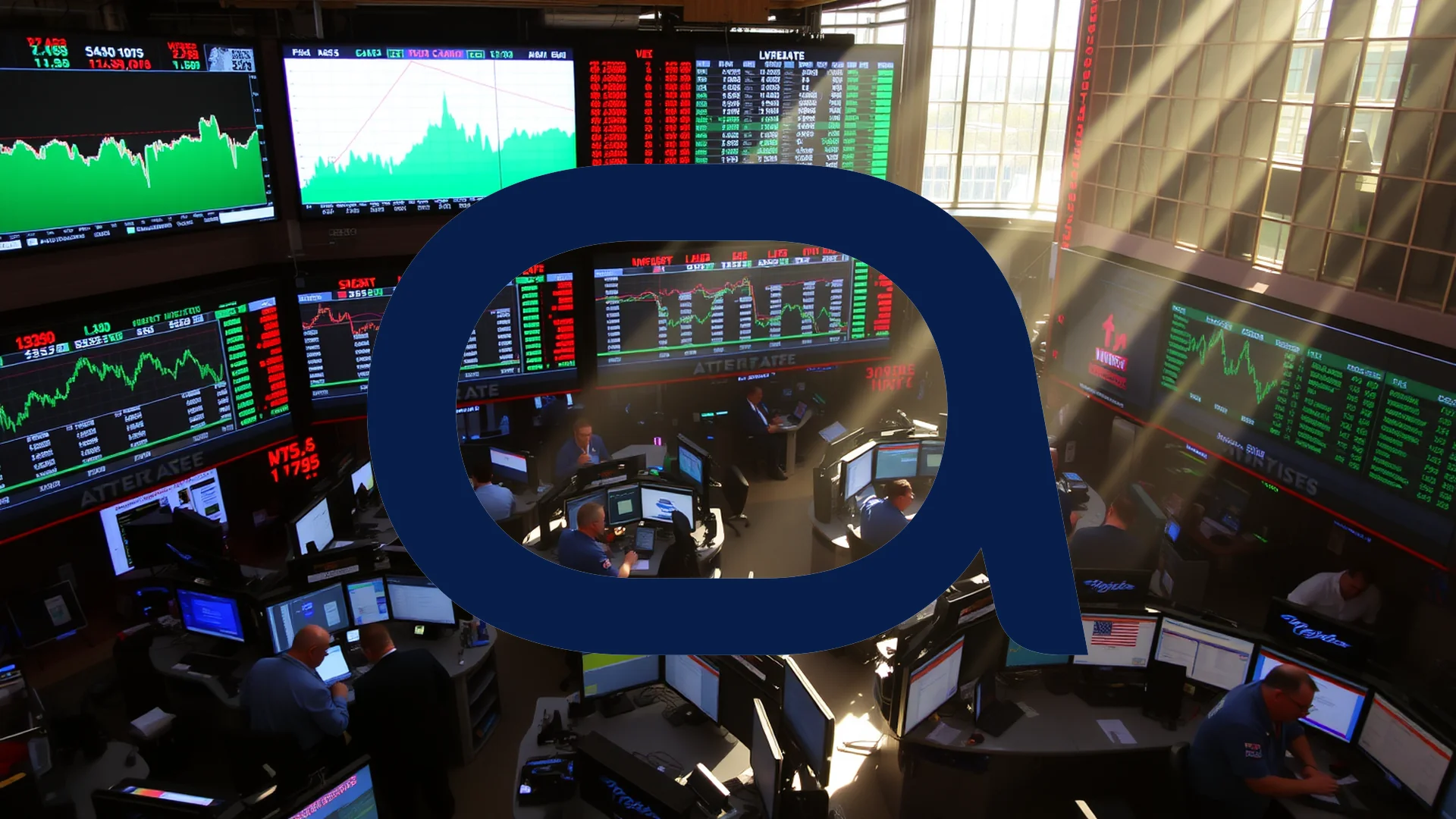Cellectar Biosciences is navigating a period of significant activity, marked by substantial advancements within its radiopharmaceutical pipeline and an enhanced profile across the scientific community.
Financial Position and Clinical Trial Updates
On August 14, 2025, Cellectar released its second-quarter financial results for the year. As of June 30, 2025, the company’s cash position stood at approximately $11.0 million. This figure includes $2.3 million in net proceeds from warrant exercises completed in June. Furthermore, Cellectar bolstered its treasury through separate financing activities in June and July, raising nearly $9.5 million.
The reported net loss for Q2 2025 was $5.4 million. A notable reduction in research and development (R&D) expenditures was observed, which decreased to $2.4 million from $7.3 million in the comparable quarter of the previous year. This decline is primarily attributed to lower clinical trial costs following the completion of patient enrollment in the CLOVER-WaM Phase 2b study.
Promising data emerged from the CLOVER-2 Phase 1b trial, which is evaluating a treatment for pediatric high-risk glioma. Patients receiving the minimum dose level demonstrated a median progression-free survival of 5.4 months and an overall survival of 8.6 months. The results indicated disease control in all treated patients, with extended survival observed following additional treatment cycles.
Upcoming Conference Participation and Pipeline Focus
The company is maintaining a high profile through an aggressive schedule of industry events in September 2025. Chief Operating Officer Jarrod Longcor is slated to present at five major conferences, commencing with the ADC and Novel Conjugates Partnering and Investment Summit on September 9.
Additional key appearances include the BioProcess International Conference and specialized American Association for Cancer Research (AACR) conferences focused on pediatric and pancreatic cancers. These presentations will showcase Cellectar’s proprietary Phospholipid Drug Conjugate (PDC) delivery platform and its developmental candidates, headlined by iopofosine I 131.
Should investors sell immediately? Or is it worth buying Cellectar?
The company’s core pipeline assets comprise:
* Iopofosine I 131: A PDC therapy that has been granted Breakthrough Therapy designation.
* CLR 121225: An Actinium-225-based program targeting solid tumors.
* CLR 121125: An Iodine-125 Auger electron-emitting therapeutic candidate for solid tumors.
Cellectar anticipates advancing CLR 125 into Phase 1 trials for triple-negative breast cancer (TNBC) by the fourth quarter of 2025.
Regulatory Strategy and Supply Chain Security
A key strategic priority for Cellectar is achieving critical regulatory milestones for its lead asset, iopofosine I 131. The company is preparing to submit a New Drug Application (NDA) to the U.S. Food and Drug Administration (FDA), seeking accelerated approval for the treatment of Waldenstrom’s Macroglobulinemia. This submission is contingent upon securing sufficient funding and initiating a required confirmatory study.
The therapy has already received significant regulatory endorsements, including Breakthrough Therapy status for WM from the FDA. Furthermore, the drug candidate has been awarded six Orphan Drug designations, four Rare Pediatric Disease designations, and two Fast Track designations across various cancer indications.
To ensure a robust supply of crucial isotopes for its clinical and future commercial needs, Cellectar has entered into a long-term, multi-isotope supply agreement with Nusano. This partnership secures access to Iodine-125 and Actinium-225.
Ad
Cellectar Stock: Buy or Sell?! New Cellectar Analysis from December 8 delivers the answer:
The latest Cellectar figures speak for themselves: Urgent action needed for Cellectar investors. Is it worth buying or should you sell? Find out what to do now in the current free analysis from December 8.
Cellectar: Buy or sell? Read more here...










